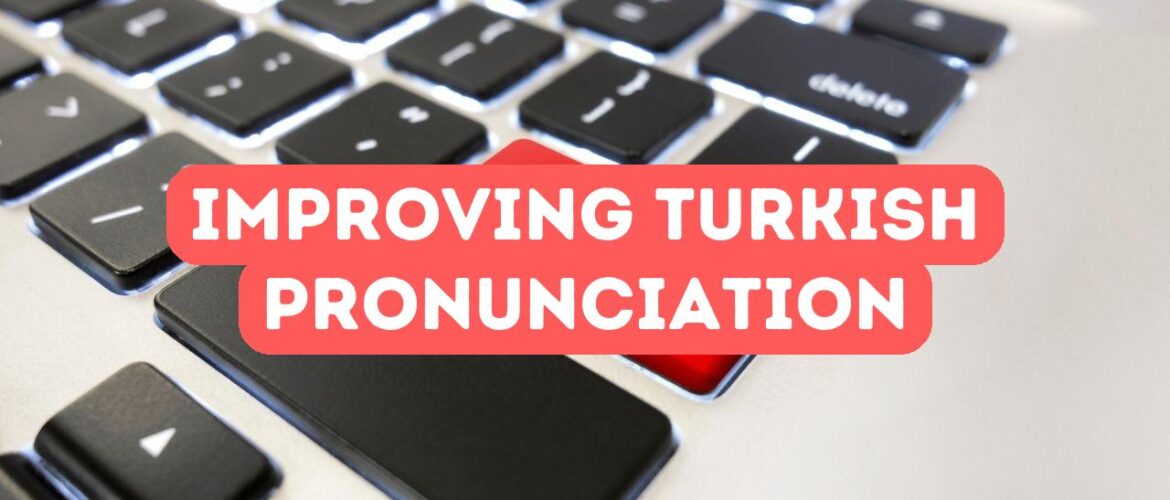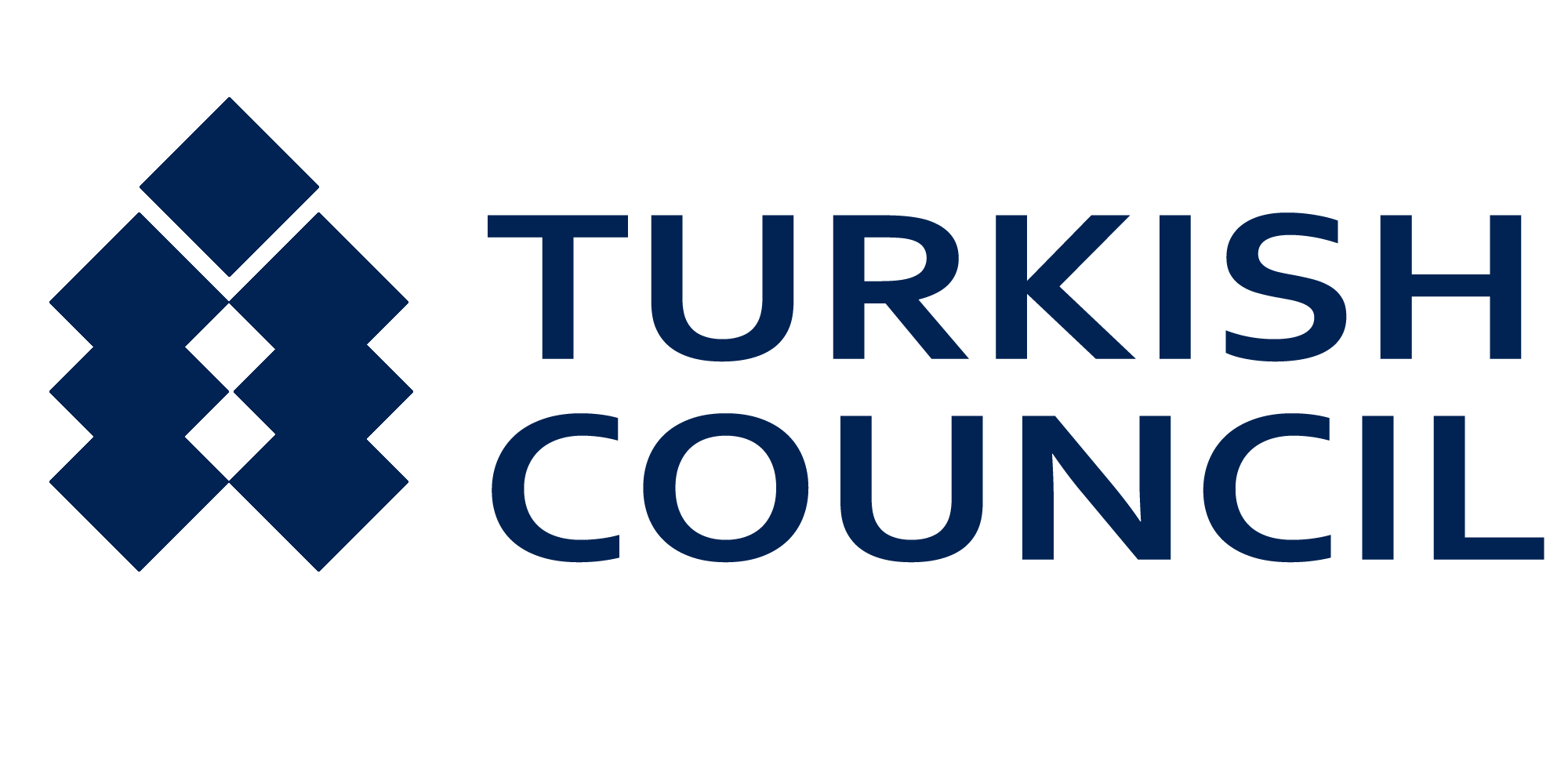Blog
How to Improve Turkish Pronunciation
- November 18, 2024
- Posted by: Burak Ünal
- Category: Turkish Language

Mastering the pronunciation of a new language is a crucial step towards fluency, and Turkish is no exception. At Turkish Council, we understand the unique challenges that come with grasping the distinct phonetic rules of Turkish, particularly for non-native speakers. To effectively enhance your Turkish pronunciation, it is essential to immerse yourself in authentic speaking environments, practice consistently with native speakers, and utilize various phonological exercises tailored to the nuances of the Turkish language. In this blog post, we will explore comprehensive strategies and practical tips designed to perfect your pronunciation, facilitating a more confident and accurate use of Turkish in everyday conversations. Whether you are a beginner or looking to refine your skills, these methods will help you achieve a more native-like pronunciation.
Mastering Phonetic Nuances in Turkish
To master the phonetic nuances of Turkish, it is crucial to familiarize yourself with the unique sounds that distinguish the language. Turkish has several vowels and consonants that do not exist in many other languages, such as the undotted “ı” and the soft “g” (“ğ”), which has no direct equivalent in English. These specific sounds require careful listening and mimicry to reproduce accurately. One effective method is to listen to native speakers through various media, such as Turkish films, music, and podcasts, paying close attention to their pronunciation. Additionally, reading aloud can help you become more comfortable with these sounds, allowing you to gradually internalize their correct usage. Practicing these nuances will significantly enhance your ability to speak Turkish more naturally and fluently.
Another key aspect in mastering Turkish pronunciation is understanding and practicing vowel harmony, a fundamental feature of the language. Vowel harmony dictates that the vowels within a word harmonize to create a harmonious sound, adhering to either front or back vowel categories. This can be initially challenging for learners, but developing an ear for this phonetic pattern is essential for achieving accurate pronunciation. An excellent way to internalize vowel harmony is to practice with a list of common Turkish words and phrases, emphasizing the vowel sounds and their consistent patterns. Additionally, engaging in vocal exercises that focus on transitioning smoothly between front and back vowels can enhance your ability to maintain vowel harmony in both spoken and written Turkish. By dedicating time to understand and practice these phonological rules, you will find your pronunciation becoming more natural and instinctive, reflecting the melodic quality of the Turkish language.
In addition to familiarizing yourself with unique sounds and vowel harmony, consistent practice using phonetic exercises can greatly enhance your Turkish pronunciation. Repetition of tongue twisters, for instance, can improve agility and accuracy by challenging your pronunciation of tricky consonant clusters and vowel sequences. Using pronunciation apps and software that provide immediate feedback can also be particularly effective, as they help you rectify mistakes in real-time. Integrating these exercises into your daily routine will not only bolster your phonetic skills but also boost your confidence when speaking Turkish. Remember, consistent and deliberate practice is key; the more regularly you engage in these exercises, the more familiar and natural the sounds of Turkish will become to you. At Turkish Council, we offer tailored resources and personalized guidance that cater to your specific needs, ensuring you master the phonetic intricacies of the Turkish language in an engaging and supportive environment.
Essential Pronunciation Exercises for Turkish Learners
One essential exercise to refine your Turkish pronunciation is the use of tongue twisters, known in Turkish as “tekerlemeler.” These are not only fun but also highly effective in improving your articulation and fluency. By frequently practicing tongue twisters, you challenge your ability to switch between difficult sounds rapidly, which is particularly useful in mastering the unique vowels and consonants in Turkish. Start with simpler phrases to build confidence, then progressively move to more complex ones. Repeating these exercises daily will train your tongue and vocal cords to adapt to the rhythmic and phonetic qualities of Turkish, making your pronunciation more precise and natural.
Another highly effective exercise is listening and mimicking native speakers through various media, such as Turkish TV shows, movies, and podcasts. This immersion technique exposes you to authentic pronunciation, intonation, and conversational rhythms, which are essential to grasping a natural-sounding accent. Pay close attention to how native speakers enunciate words and phrases, and try to replicate their speech patterns as closely as possible. Utilizing resources such as language learning apps and online pronunciation guides can further enhance your listening skills and provide valuable feedback on your progress. By consistently engaging with native content, you will develop an ear for the subtleties of Turkish phonetics, significantly boosting your pronunciation abilities.
In addition to tongue twisters and mimicking native speakers, incorporating pronunciation apps and recording tools into your practice regimen can greatly improve your Turkish pronunciation. These technological aids allow you to repeatedly listen to correct pronunciations and record your attempts, giving you the opportunity to identify and work on specific areas of difficulty. Some apps even offer real-time feedback and exercises tailored to common pronunciation challenges faced by Turkish learners. By frequently recording your own voice and comparing it to native speakers, you can meticulously analyze aspects such as pitch, accent, and stress patterns. This self-assessment strategy fosters a deeper awareness of your phonetic progress, enabling you to make precise adjustments and continuously advance towards more accurate and confident Turkish pronunciation.
Integrating Authentic Turkish Speech into Daily Practice
Integrating authentic Turkish speech into your daily practice is an invaluable technique for improving your pronunciation. One effective method is to surround yourself with native Turkish media, such as television shows, movies, podcasts, and news broadcasts. This exposure helps you familiarize yourself with the natural rhythm, intonation patterns, and regional accents of Turkish, making it easier for you to mimic and adopt these features in your own speech. Additionally, engaging in conversation with native speakers, whether through language exchange programs, online platforms, or social events, provides real-time feedback and allows you to practice your listening and speaking skills in diverse contexts. By consistently immersing yourself in these authentic sources, you will gradually internalize the correct pronunciation, ultimately leading to more fluid and natural communication.
Another crucial aspect of integrating authentic Turkish speech into your daily practice is actively participating in listening and shadowing exercises. Listening to Turkish songs, audiobooks, and radio programs can be particularly effective in honing your auditory skills. As you listen, try to meticulously mimic the pronunciation, intonation, and pronunciation of each word and phrase, a technique known as shadowing. Repeat after the speaker as accurately as possible, even pausing or rewinding when necessary to catch every nuance. This method not only improves your pronunciation but also enhances your comprehension and speech fluency by reinforcing the natural rhythm and sound patterns of the Turkish language. Shadowing native speakers allows you to fine-tune your accent and ensures that you are not just passively absorbing the language but actively engaging with it.
Incorporating pronunciation-focused apps and technological tools can also greatly aid in refining your Turkish pronunciation. These resources often use advanced speech recognition technology to provide precise feedback on your pronunciation accuracy. Apps like Babbel or Duolingo, for instance, offer tailored exercises that target specific phonetic challenges within the Turkish language. Additionally, voice recording tools allow you to compare your pronunciation with that of native speakers, enabling you to identify and correct subtle errors. Making use of these technological aids complements traditional practice methods by offering a structured and interactive approach to mastering the intricacies of Turkish pronunciation. By integrating these digital resources into your daily routine, you can systematically monitor your progress and make informed adjustments, enhancing your overall speaking proficiency.
- Buy Our Online Turkish Language for Beginners: https://courses.turkishcouncil.org/courses/learn-turkish-a1/
- Visit Turkish Council for Turkish Course Visa Invitation Letter: https://www.turkishcouncil.org
- Visit Turkey Residence Agency for Your Immigration Requests: https://www.residentturkey.com
- Visit Gordion Partners for Investment in Turkey: https://www.investment.com.tr
- Visitez Campus Turquie si vous parlez français: https://www.campusturquie.org
Disclaimer: This article is for general informational purposes only and you are strongly advised to consult a professional to evaluate your education. No liability is accepted that may arise from the use of the information in this article.
